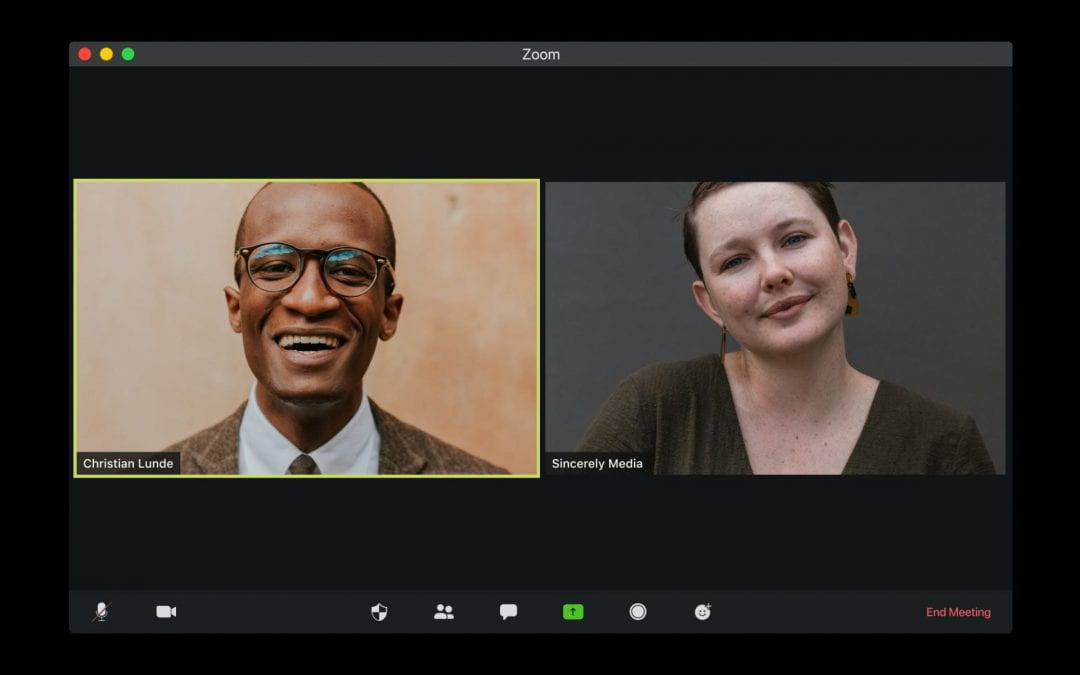Learning online is a distinct experience from learning face-to-face. In the classroom you have the advantage of a teacher who can answer your questions immediately and explain concepts again if you are still confused, but that is not the case online.
Communicating in-person is a skill that feels natural to most people, and one that teachers have practiced throughout their careers. It makes sense then that one of the most difficult aspects of the transition to online education is re-learning how to communicate with your students. While in a classroom teachers can observe non-verbal cues to gauge student understanding, and modify their lecture accordingly. They can ask for questions and participate in a back-and-forth conversation until they are confident the student’s question has been answered fully. These sorts of interactions are not possible in an online setting, therefore alternative approaches must be developed.
From the student perspective, communicating with their teacher will not only aid them in understanding course material and reaching learning objectives but also provide them with the feeling that their teacher is invested in their education. When students feel they have support, that their work is meaningful and will be taken seriously, their own investment in the course will increase resulting in better student engagement and learning.
Effective communication depends on clearly defined routes for students to contact you.
Consider a situation in which you, a student, have a quick question about an assignment. You want to ask your teacher but the only contact information you have is an email address and you realize you don’t know their email policy. After trying failing to find any guidance in the syllabus you probably won’t be comfortable reaching out, right? I mean, it’s almost like your teacher doesn’t want to hear from their students…
This kind of situation can be easily avoided by intentionally building communication into the course design.
- Write out clear policies on how to use discussions, email, or other platforms such as Teams, and place that information in an easily-accessible location.
- Include a discussion where students can ask assignment related questions, and perhaps another for them to post questions related to the material.
- Designate specific means of communicating publicly (visible to the entire class) vs. privately (between only you and the particular student).
Remember that students can also engage with and support their classmates.
In a large course it is difficult for teachers to communicate frequently with all of their students, however a strong student community can provide many of the same opportunities for engagement. Students in an online course are unlikely to know any of their classmates unless the course requires them to communicate. Include an introduction assignment so students can get to know each other (and post one for yourself), and encourage non-text submissions of assignments that will be visible to the entire class so everyone in the class can put faces to the names.
Be creative with course materials to foster a strong sense of community among your students.
- Create peer-review groups for large assignments, with students able to give to and receive feedback from the same set of peers over the course of the assignment.
- Replace short-answer style assignments with discussions where students are expected to reply to their classmate’s responses.
- Assign group projects that encourage students to meet synchronously – but ensure students have extra time to accommodate schedules and a platform is available for students to work in, such as zoom or teams.
- Instead of quizzes to test understanding of material, have students create their own quiz questions in a discussion, and have them check back later to answer some of their classmate’s questions.
Intentional inclusion of student-teacher and peer-to-peer communication in the course design will improve student engagement, and benefit their overall learning experience. Whether you focus on group work, or entire class discussions, my final piece of advice is to be honest with yourself on how much time you as the teacher can dedicate to communicating with students and make sure your students know how to reach out to you and when they can expect to hear back.
-Erin

